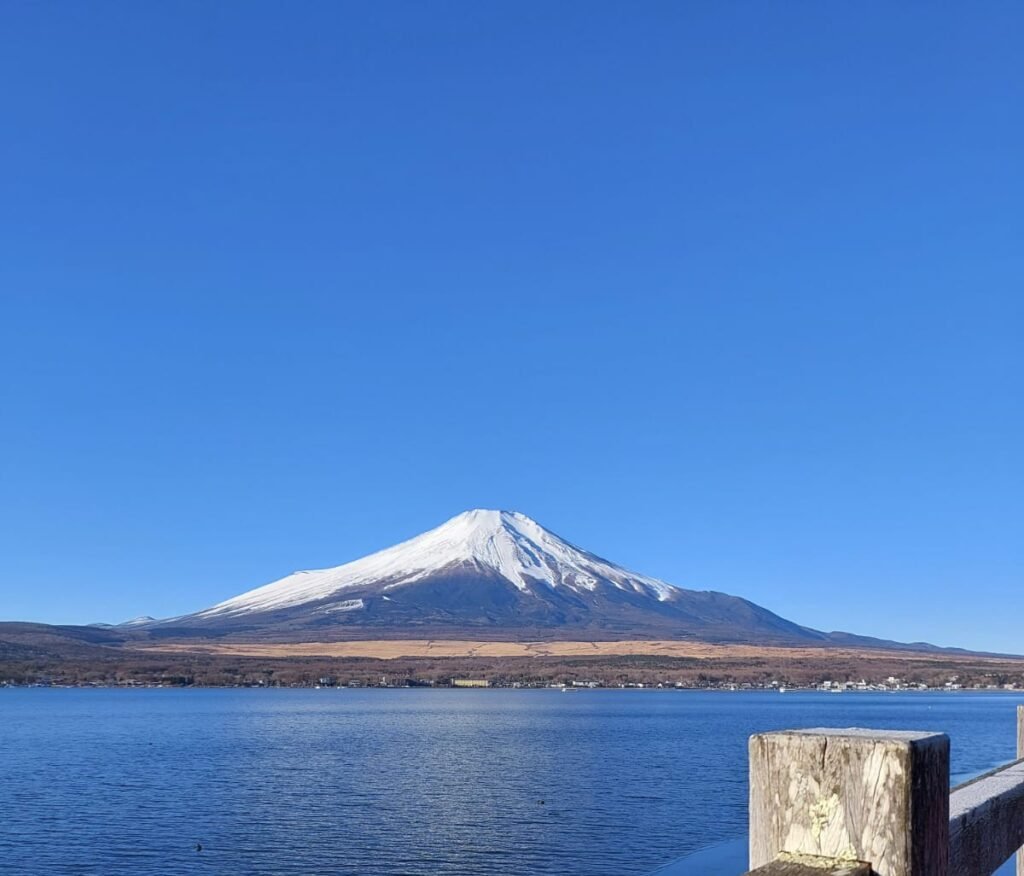At a metro station in Paris, an Asian tourist checks his sling bag, suddenly feeling it lighter than usual. He had just arrived an hour ago from Charles de Gaulle, and now, his phone and passport are gone. This scene isn’t extraordinary. In fact, over the past five years, in iconic European cities like Paris, Rome, Amsterdam, and London, such incidents have become almost routine.
Pickpockets, once characters of cinematic charm in old European tales, have now taken center stage in many travelers’ real-life experiences. Operating in groups—often involving local teens or undocumented migrants—they use increasingly clever tactics: pretending to ask for directions, approaching with maps, or bumping into strangers. It’s an old trick with a modern twist. And their targets are almost always the same: foreign tourists.
Statistics speak volumes. In Paris, reports of personal item thefts in public spaces have risen by nearly 60% since 2019. In Rome, local police describe the subway as a “pickpocket paradise.” Meanwhile, in Amsterdam, romantic canals are now lined with multilingual security warnings. Ironically, the cities that once sold dreams and nostalgia are now peddling vigilance.
Reports from tourism offices indicate that the most frequent victims are tourists from East and Southeast Asia. They are seen as easy targets—often carrying cash and unfamiliar with local safety protocols. This isn’t a racial assumption but a conclusion drawn from law enforcement data across Europe.
This condition presents a paradox for Europe. On one hand, the continent continues to invest heavily in tourism campaigns—from art festivals to airport renovations. On the other, it appears unprepared to counter the surge in organized petty crime. The result: a travel experience that used to be glamorous now feels riddled with anxiety.
More than that, tourists often describe being pickpocketed as more traumatic than they expected. It’s not just about losing belongings, but about the disruption of a long-awaited vacation. Losing a passport abroad can mean losing freedom, safety, and an entire travel itinerary in an instant.
The impact is clear. According to global travel trend monitors, interest from Asian and Middle Eastern travelers in destinations like France and Italy declined by about 18% between 2018 and 2024. Meanwhile, cities like Tokyo, Kyoto, Dubai, and Abu Dhabi have seen significant increases in visitor numbers. Not only because they’re beautiful, but because they’re perceived as safe.
Japan, for instance, consistently ranks among the safest countries in global city safety indexes. Tourists can walk at night without fear—even in major train stations. Surveillance cameras are everywhere, authorities are always alert, and the public holds strong social norms about respecting others’ property. Unsurprisingly, Japan is now dubbed the “new premium destination” for travelers tired of European chaos.
A similar narrative applies to the United Arab Emirates. Dubai, for example, enforces strict laws. Petty crimes like pickpocketing or harassment are virtually nonexistent. For tourists seeking luxury without worry, the city is ideal. Coupled with massive investments in tourism, the UAE offers a futuristic and orderly alternative to Europe.
This shift in preference isn’t only about physical safety. Modern tourists, especially Millennials and Gen Z, seek a sense of control. They want to know that when they’re on vacation, they don’t have to constantly worry about bags, wallets, or cameras. They want to take selfies in public without glancing over their shoulder every three seconds.
Meanwhile, European cities aren’t keeping pace. While some have increased police patrols and installed more surveillance, the root issues are more complex. Poor urban planning, illegal migration, and growing social inequality have made many European cities fertile ground for low-level crime. A lenient legal system often sees perpetrators released within hours.
Some locals have even given up. They’re aware of the pickpocketing presence but feel powerless, knowing the current system allows criminals to operate with impunity. Many now avoid tourist zones entirely due to overcrowding and frequent incidents. This creates an invisible tension between residents and the tourism industry that keeps pushing for more visitors without strengthening public safety.
Social media worsens the situation. Stories of pickpocketing quickly go viral on TikTok or Instagram. Many influencers openly warn their followers to be cautious in Europe—or even suggest safer alternatives. This perception spreads faster than any official tourism board can contain or clarify.
Does this mean Europe has lost its charm? Not entirely. The allure of culture, history, and architecture in cities like Florence, London, or Barcelona remains powerful. But the reality on the ground is prompting many travelers to reevaluate their priorities. Beauty is no longer enough if it doesn’t come with safety.
This shift is beginning to shake the foundations of Europe’s tourism ecosystem. Travel agencies are adjusting their packages. Luxury hotels are now highlighting their security systems in brochures. Some museums are even launching “safe visit” programs, creating routes that minimize exposure to high-risk zones.
On the flip side, Asia and the Middle East are seizing a rare momentum. They offer a unique blend of modernity, safety, and exotic appeal. For many, that combination is now more valuable than Europe’s fading old-world romance.
Of course, Europe is far from finished. These cities have withstood wars, recessions, and revolutions. But now, they face a subtler yet more dangerous challenge: the erosion of traveler trust. And in today’s digital world, that trust can vanish in the time it takes for one viral video to spread.
Like a traveler who’s just lost their wallet beneath the Eiffel Tower, Europe seems to have lost its grip on its own reputation. To reclaim it, the continent must do more than preserve beautiful buildings—it must begin to truly protect the people who come to see them.


